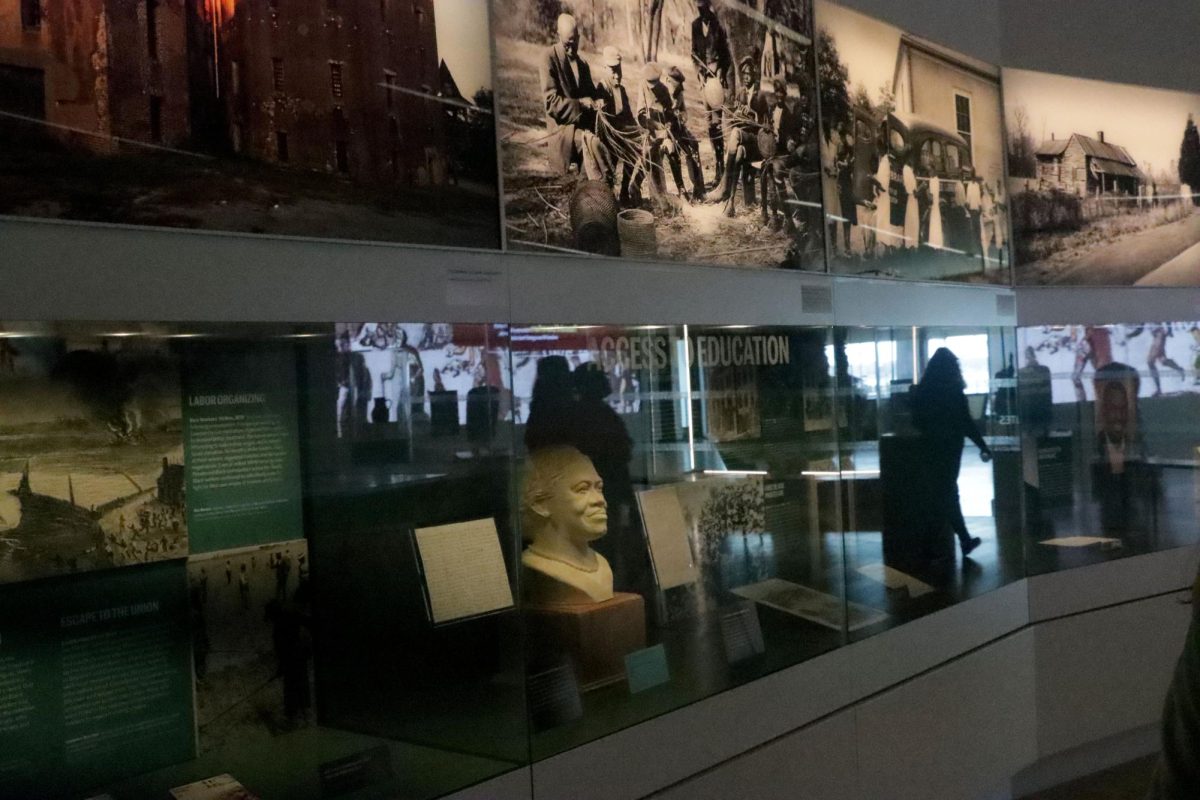At RNE, students are required to pay $25 for a parking decal if they want to park on campus. At first, $25 may not sound like much, and to many, it’s not. But the simple fact remains: students are still being forced to pay to park at the school they already attend.
If the purpose of charging students is to prevent non-students from parking in the lot, then there’s a better way to address this issue. Students who drive should be given at least one free decal each year. If they lose it, then charging for a replacement would make sense. But charging every single student just to park, without a good reason, seems unnecessary.
What makes this situation even worse is the lack of fairness in enforcing these rules. There’s no guarantee that every student who violates the policy will get caught. Not every car parked without a decal will be booted, and that means some students are getting away with it while others are punished. If the school can’t ensure that the policy is applied equally, then why make students pay in the first place?
On top of that, getting a parking pass requires taking a safety course through Alive at 25. Seems reasonable, right? That’ll be $45, out of your own pocket. Almost double the cost of the decal itself! If you don’t have the money for this and decide to park without a pass at your own school, you’ll get a boot on your car. This costs another $45 for removal. Instead of helping students follow the rules, the school seems more focused on punishing them with excessive fees. For students from low-income families, these costs can add up quickly, creating unnecessary stress and financial burdens. High school is already expensive—between yearbooks, supplies, and class fees—and now the cost of the decal just adds to the pile.
Some might argue that providing free decals would be too costly for the school, but we already receive IDs every year, which also cost money to produce. So why not prioritize parking decals as well? Students who drive are contributing to the school community, and they shouldn’t be penalized for doing so.
There are better ways to handle this. For instance, as I stated earlier, the school could issue each student driver one free decal per year. If a replacement is needed, then a reasonable fee could be charged. Another option could be a refundable deposit system, where students pay upfront but get their money back when they graduate or return the decal. These solutions would ensure that students aren’t unfairly burdened while still maintaining order in the parking lot.
If the school insists on keeping this fee, then at the very least, there should be transparency about where the money is going. Is it being used to improve the parking lot? Enhance school resources? Students deserve to know how their money is being spent.
Ultimately, this policy feels less like a way to manage parking and more like an unnecessary punishment for students. As students, we should question why these fees exist and whether they are truly fair. It’s time to have an honest conversation with the administration about finding a better solution—one that supports students instead of penalizing them.










